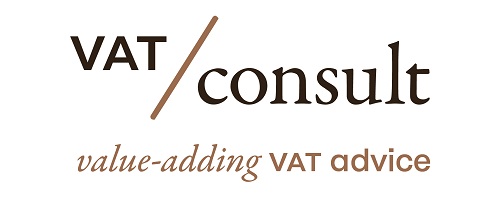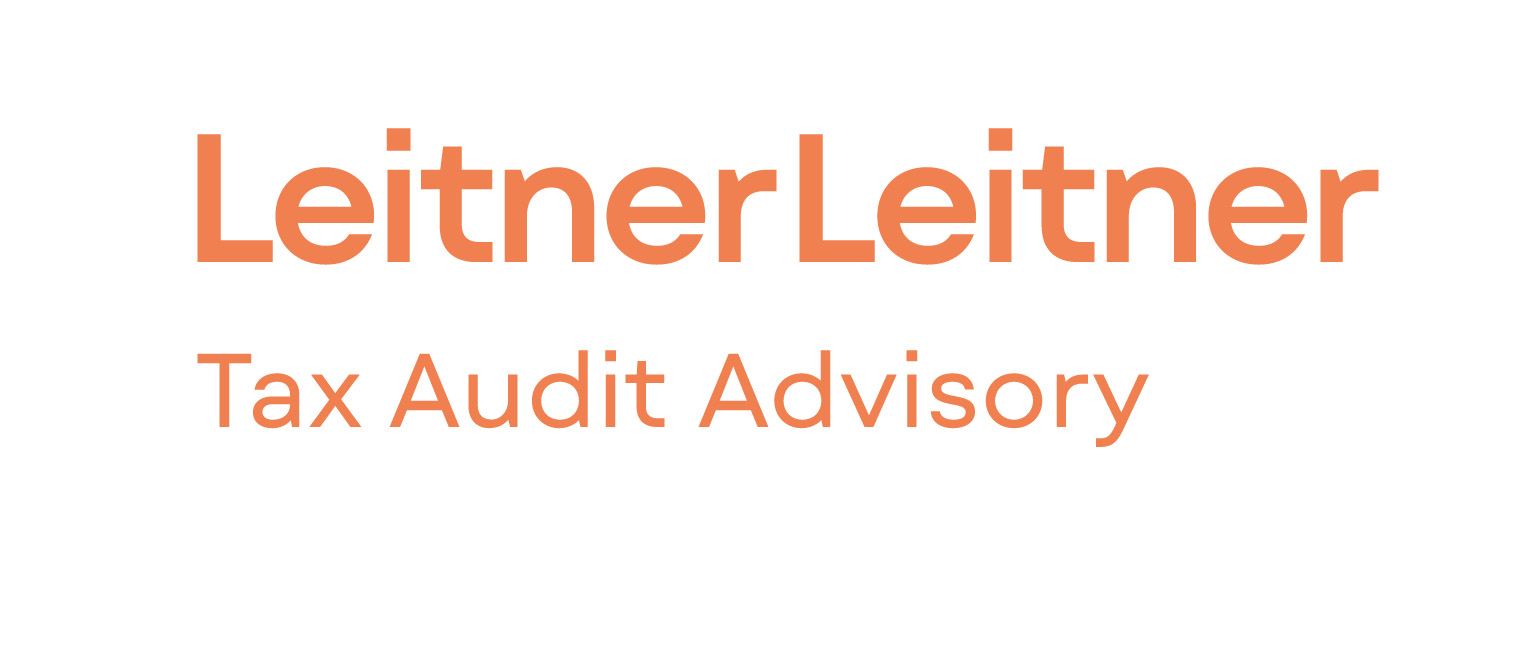Disclaimer: The views and opinions expressed in this article are solely those of the author and do not necessarily reflect the official policy or position of the organization with which the author is affiliated. This article is intended for informational purposes only and should not be construed as professional advice. Readers are encouraged to seek guidance from qualified professionals regarding their specific circumstances.
VAT in the Digital Age (Digital Reporting Requirements) : Ambition vs. Fragmented Reality in Europe
VAT in the Digital Age (ViDA) is the European Union’s big initiative to modernize VAT collection through mandatory e-invoicing and digital reporting. The idea is straightforward: use technology to boost tax compliance, fight fraud, and make life easier for businesses trading across borders. In theory, ViDA was supposed to create one harmonized system for VAT reporting across all EU member states – one unified approach instead of 27 different national systems.
However, the reality so far is diverging sharply from that vision. Each EU country is moving ahead with its own version of digital VAT reporting, and these national approaches do not line up with each other. Rather than a single standard, businesses are facing a patchwork of country-specific rules and platforms. This fragmentation is undermining the very goal of ViDA – instead of simplifying VAT compliance, it risks making it more complex.

Fragmented National Approaches: A Patchwork Emerges
ViDA set out a common policy framework, but how it’s being implemented differs dramatically by country. Instead of marching in lockstep, member states are each doing their own thing. Here are a few examples of how major EU economies are adopting divergent digital VAT systems:
- Italy: A pioneer in digital reporting, Italy already requires all B2B invoices to go through its government-run Sistema di Interscambio (SDI) platform. Italian e-invoices must include over 70 data fields, which is far more detail than what EU law strictly requires. Companies doing business in Italy have to capture and submit a lot of extra information on every invoice.
- France: France is gearing up for a phased mandatory e-invoicing rollout starting in 2026. It will use a central portal called Chorus Pro. Notably, France’s invoice format is different from Italy’s, meaning businesses operating in both countries must format and report invoices in two distinct ways. What works for SDI in Italy won’t directly work for France’s system.
- Germany: Germany plans to make domestic B2B e-invoicing compulsory from January 2025, but unlike Italy or France, Germany isn’t creating a single nationwide portal. Instead, it’s allowing decentralized solutions and various formats. For companies, this means no “one-stop” interface in Germany – they’ll need to handle e-invoicing through potentially multiple channels or software solutions. This adds another layer of complexity, especially for those also active in countries with centralized systems.
- Poland: Poland introduced its KSeF e-invoicing platform in 2024. KSeF comes with unique rules for authentication and data transmission. Businesses have to specifically tailor their invoicing processes to meet Poland’s requirements, which don’t directly align with others.
- Spain: Spain uses the SII (Immediate Supply of Information) system for near real-time VAT reporting. Spain’s approach isn’t compatible with other countries’ platforms – it has its own data format and process. So, complying with Spanish requirements is yet another separate project for companies active across Europe.
These country-specific approaches show a clear pattern: the EU’s “uniform” ViDA initiative is splintering into many different models. Each system has different technical standards, data fields, and timelines. For a company operating across multiple EU markets, this is a serious headache. Instead of one streamlined process, they have to juggle Italy’s way, France’s way, Germany’s way, and so on.
The lack of harmonization or standardization means ViDA’s promise of simplicity is not being felt on the ground. On the contrary, many businesses worry that compliance is becoming a maze of country-specific hoops to jump through. In short, the ViDA “one EU” ideal is colliding with a fragmented reality of divergent national implementations.
Challenges for Businesses: Complexity and Very High Costs
This fragmented rollout of digital VAT requirements is creating major challenges for businesses. Instead of benefiting from easier compliance, companies – especially those operating in multiple EU countries – are facing new burdens. Key pain points include:
- Maintaining Multiple Systems: Because each country has its own platform and rules, businesses may need to implement separate e-invoicing systems for each market. The invoice that satisfies Italy’s SDI might not have all the info needed for France’s Chorus Pro, and neither format fits Germany’s decentralized model. So, companies end up maintaining parallel processes and software – essentially one for every country they operate in. This means extra IT development and ongoing upkeep to keep up with each system’s updates or changes. It’s a far cry from the “single workflow” vision of a harmonized system.
- Extremely High Compliance Costs: Adapting to just one country’s e-invoicing mandate can already require a massive up-front investment (in new software, systems integration, staff training, etc.). When a company has to do this for several countries independently, the total costs skyrocket. In effect, a business might be paying multiple times over to comply with what is essentially the same EU law, just implemented differently in each place. These very high costs eat into resources that could otherwise go into productive investments. For many companies – particularly mid-sized ones – this financial burden is unsustainable and directly contradicts ViDA’s aim to make life easier.
- Inconsistent Rules = Confusion and Risk: With each country defining its own data requirements and procedures, rules differ from one place to the next, which inevitably causes confusion. For example, a detail mandatory on an invoice in Poland might be optional in Spain, or the reporting timeline in France might be more frequent than in Italy. Keeping track of these nuances is challenging. This patchwork of rules, combined with the newness of these systems, means a higher risk of unintentional errors. Official guidance so far hasn’t been uniformly detailed – many businesses say they need more clarity from both the EU and national authorities on how exactly to comply. The danger is that a company could make a mistake in a country’s system simply because the rules weren’t clear, leading to penalties or operational hiccups. In a truly harmonized scenario, one clear rulebook would reduce this risk. But as things stand, companies must become experts in each country’s rulebook, which is tough and resource-intensive.
All in all, instead of reducing compliance bureaucracy, the current path of ViDA implementations is increasing complexity and cost. For businesses, especially those active across Europe, it feels like the goalposts are different in every country. This not only drains time and money but also causes frustration. After all, ViDA was sold as a way to simplify VAT, yet many are finding it’s doing the opposite due to the lack of standardization.
Recommendations: How to Get ViDA Back on Track
Despite these challenges, ViDA’s original promise can still be achieved – but it will require concerted action to realign national implementations with a truly harmonized approach. Business leaders and tax experts have suggested several steps to get the initiative back on track and ensure that the digital transformation of VAT is smooth and beneficial for all. Here are some key recommendations:
- Enforce One EU-Wide Standard (Stop “Gold-Plating”): The European Commission and EU lawmakers should ensure that each country sticks to the core ViDA requirements, without adding extra local frills. In practice, this means no additional data fields or quirky processes beyond what the EU law asks for. Right now, some countries are “gold-plating” – tacking on their own extras. This must be curtailed. Every national system should essentially mirror the same standard. If a member state tries to introduce deviations, the EU should push back (using legal pressure if needed). By enforcing a single standard, a business could comply with ViDA once and have that compliance work across all EU countries – the ideal scenario originally envisioned.
- Publish Clear Guidance and FAQs: Both the EU and national tax authorities should provide detailed, practical guidance about the new e-invoicing and reporting rules. At the moment, many companies feel a lack of clear instructions on how to handle specific scenarios under ViDA. Comprehensive explanatory notes, common FAQs, and helpdesks or support channels would go a long way. If businesses can easily find answers to “How do I report X in country Y under ViDA?”, it will reduce confusion and mistakes. Essentially, everyone needs to be reading from the same playbook, and it’s up to the authorities to write that playbook and share it widely. This proactive communication will boost confidence and compliance.
- Fast-Track Publication of the Revised E-Invoicing Standard (EN 16931): A critical piece of the puzzle is the update of the EU’s e-invoicing standard, EN 16931. The current version of EN 16931 was originally designed more for invoices to governments and doesn’t fully cover all the needs of B2B transactions that ViDA requires. A revision has been in the works – and significantly, the updated EN 16931 standard was approved by the EU’s standards body on October 23, 2025. Yet, as of now, it hasn’t been published publicly – it’s practically become “Brussels’ best-kept secret.” This lack of transparency is problematic. The updated standard must be released as soon as possible. Businesses, software providers, and tax authorities all need to know exactly what’s in it, so they can align their systems accordingly. Every day that this new standard remains under wraps, uncertainty persists and preparation is hampered. The urgency is high: an updated EN 16931 would provide a clear, harmonized technical foundation for e-invoices across Europe, reflecting important B2B features like discounts, multiple purchase orders, detailed tax codes, and more. Getting it out in the open will allow everyone to get on the same page technically, which is essential for a truly uniform ViDA implementation.
- Allow Adequate Lead Time for Changes: A common plea from businesses is “Don’t spring new requirements on us overnight.” Implementing e-invoicing systems and new reporting processes is a big project that takes time. Policymakers should guarantee a minimum lead time (around two years) between when ViDA-related rules are finalized and when companies must start following them. This buffer will give businesses time to update IT systems, adjust processes, and train staff in an orderly way. If ViDA changes are rushed, many companies (especially smaller ones) might not be ready, which could disrupt their operations and even their ability to invoice customers. A longer lead-in period for compliance deadlines will make the transition much smoother and let companies budget and plan properly. In short, time to adapt is critical for success.
- Harmonize Penalties and Streamline Audits: In a unified system, enforcement should be unified too. That means penalties for not complying with digital reporting rules should be similar across all EU countries and proportionate to the offense. No country should impose sky-high fines while another is lenient for the same slip-up – that would be unfair and create confusion. Penalties should also be designed to encourage compliance, not to punish excessively. Likewise, tax audits under the new system should remain reasonable. Authorities will receive a lot of data in real time; they should focus on what’s necessary for verification and avoid overly broad or intrusive requests that create extra work. A consistent, fair approach to penalties and audits will help maintain trust in the system and make businesses more willing to comply proactively.
- Ensure Strong Data Privacy and Security: Digital VAT reporting means businesses will be transmitting huge volumes of potentially sensitive data (such as customer details, transaction amounts, etc.) to government systems. It is absolutely critical that robust data privacy protections and cybersecurity measures are in place. All this data must be stored and handled securely, in full compliance with privacy laws like GDPR. Companies need confidence that their information won’t leak or be misused. This includes encrypting data, controlling access strictly, and having clear rules on data retention. By prioritizing data security, governments will also encourage businesses to embrace the new systems. A breach or misuse of invoice data would not only harm the affected businesses but could undermine trust in the entire ViDA project. So, security and privacy can’t be afterthoughts – they must be built into every aspect of these digital reporting systems from day one.
- Pilot Test Systems Before Full Rollout: One pragmatic way to iron out issues is to test new reporting systems in pilot programs before they become mandatory. Tax authorities could invite a diverse group of companies to try out the new e-invoicing processes in a pilot phase. Feedback from this trial run would be invaluable – it would likely reveal technical glitches, unclear instructions, or usability problems that nobody anticipated. Authorities can then fix those issues and refine the process before flipping the switch for everyone. Pilots act as a safety net: they ensure that by the time all businesses must comply, the system is stable, user-friendly, and battle-tested. It’s essentially a dress rehearsal that can prevent a lot of headaches during the main performance.
- Support Businesses (Especially SMEs) with Tools and Networks: Not every company has a large IT department to handle these changes. The EU and member states should look for ways to make compliance easier, especially for small and mid-sized enterprises. One approach is to promote or provide standardized e-invoicing networks and solutions. For example, Peppol is a network already used in many countries for e-invoicing; if national systems are compatible with Peppol (or similar frameworks), many businesses can connect more easily without custom setups. Additionally, authorities could offer free or low-cost software tools or platforms for companies to create and submit e-invoices in the required format. Imagine a small business logging into a simple government-provided portal to issue an invoice that automatically meets ViDA requirements – that would remove a huge burden. By giving businesses the right tools and support, especially the smaller ones, compliance becomes the path of least resistance rather than an intimidating, costly project.
- Clarify the Big Picture (Avoid Duplicate Reporting): Finally, it’s important to explain how ViDA’s new reporting requirements fit with existing VAT reporting obligations. Right now, businesses still file things like EC Sales Lists, Intrastat declarations, domestic VAT returns, etc. If real-time digital reporting (as per ViDA) is taking over some of these tasks, it should be clearly communicated. Ideally, ViDA should streamline or replace other reports, not just add another layer. A roadmap or guidance on what traditional reports can be phased out or simplified once ViDA is fully in place would help businesses adjust and avoid doing double work. The goal should be that all these reporting pieces fit together logically, with as little redundancy as possible. Companies shouldn’t have to report the same information twice in different formats. Clarifying this big picture of VAT reporting will enhance efficiency and reduce the burden on businesses.
Conclusion
The bottom line: ViDA’s DRR is a bold and welcome step towards bringing VAT into the 21st century. The potential benefits – from closing fraud gaps to simplifying cross-border trade – are huge. But realizing those benefits hinges on genuine harmonization across the EU. Right now, the divergence in national implementations is a serious stumbling block that threatens to derail the main objectives. European policymakers and tax authorities still have a chance to address these issues. By standardizing the approach, providing clear guidance, and supporting the business community through the transition, they can ensure that VAT in the Digital Age lives up to its promise.
In the end, everyone stands to gain from getting this right: tax authorities will collect revenue more efficiently, and businesses will spend less time on compliance gymnastics and more on their core activities. ViDA’s ambition of a unified digital VAT system can become a reality – but only if Europe now moves in unison to tackle the current fragmentation and commits to transparency and cooperation at every step.
Originator Luc Dhont
Comments can be sent to [email protected]
Latest Posts in "European Union"
- Loyalty Points Are Not Vouchers for VAT: CJEU AG Opinion in Lyko Operations Case
- EU Charter Sets Procedural Safeguards and Limits Sanctions in VAT Enforcement: Key CJEU Rulings
- CJEU Clarifies VAT on Transfer Pricing Adjustments and Intra-Group Services: Key Implications for Businesses
- EU VAT Reforms and Menstrual Poverty: Addressing Access to Affordable Sanitary Products
- Making ViDA Work: Reflections on the ViDA Implementation Dialogue














